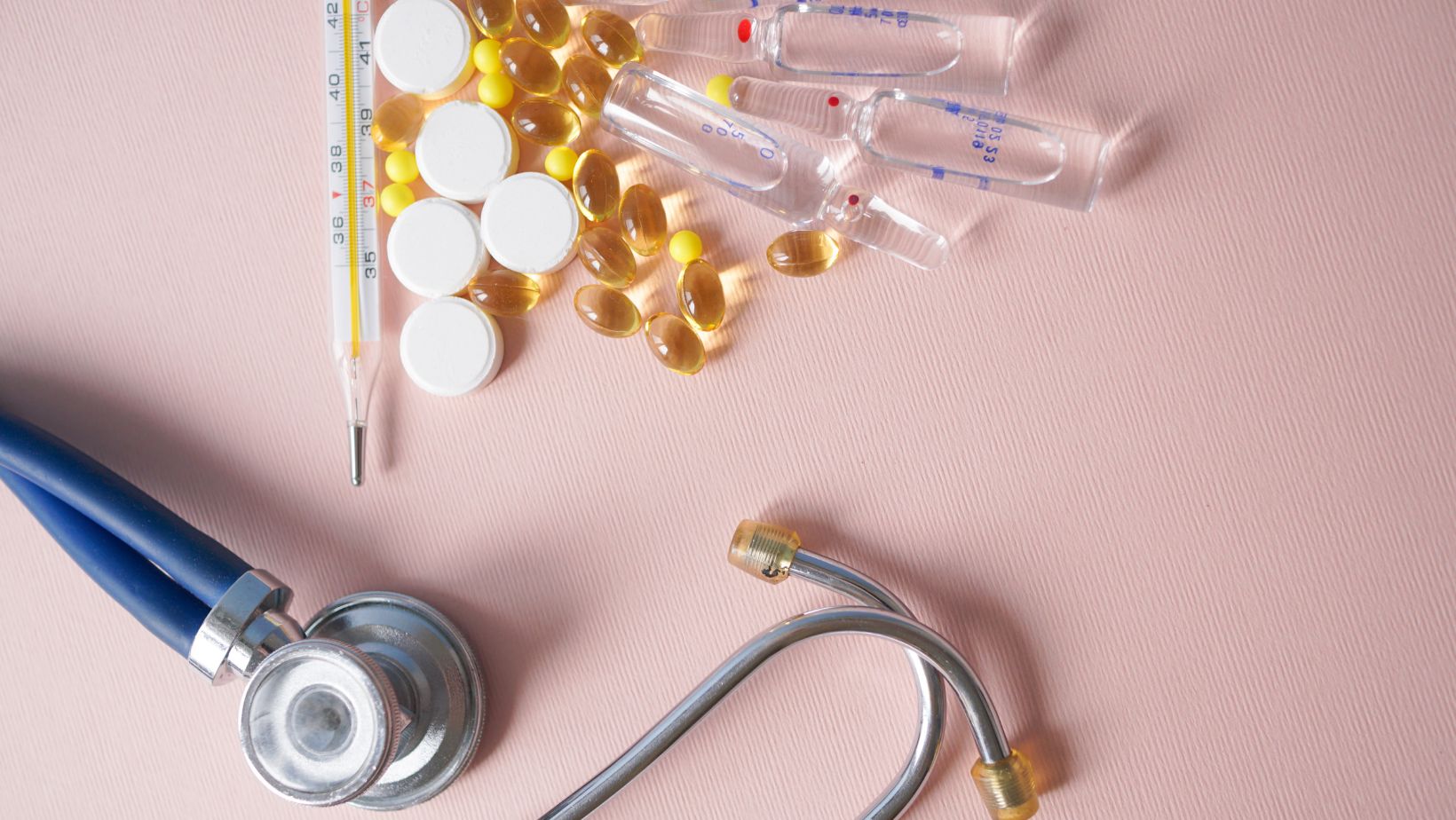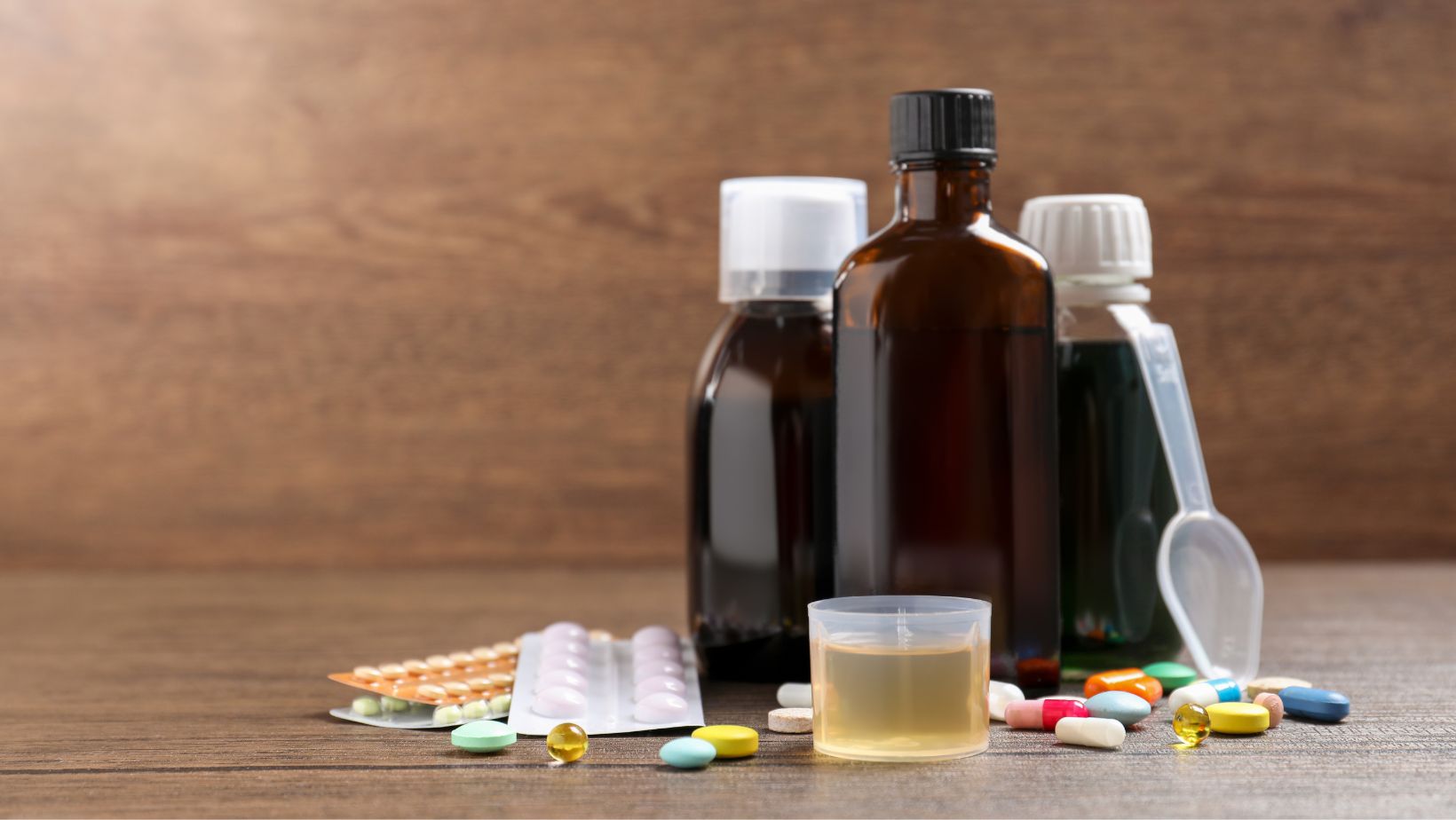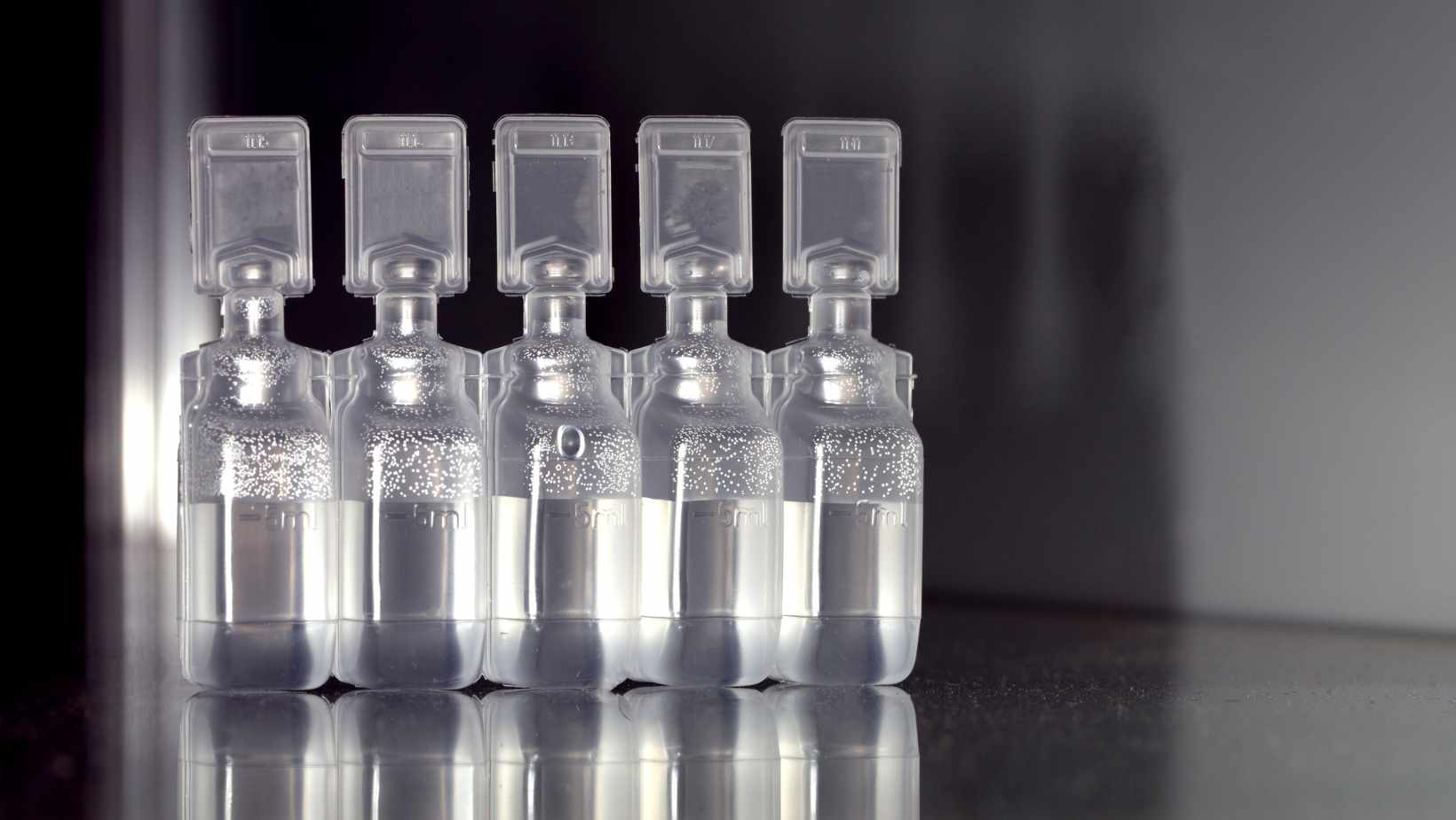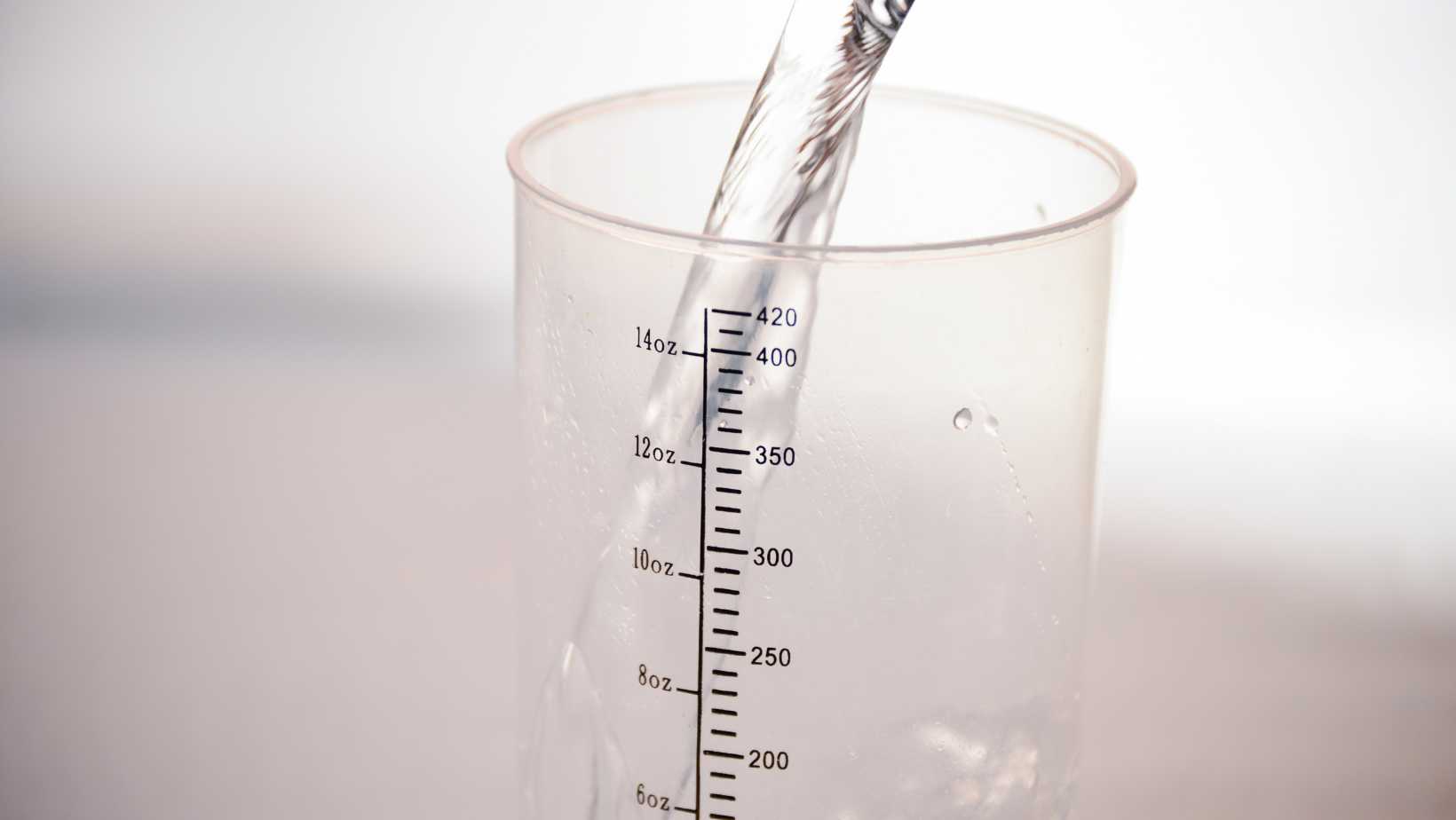How Many meq in a ml? Unraveling the Conversion Mystery

How Many meq in a ml
In the world of medical dosages and measurements, understanding the relationship between milliequivalents (meq) and milliliters (ml) can be quite a challenge. But don’t worry! I’m here to break it down in an easy-to-understand way. Let’s dive right into our topic: how many meq are there in a ml?
To start with, let me clarify that ‘meq’ and ‘ml’ are units used for different types of substances. While ‘ml’ is a unit of volume typically used for liquid substances, ‘meq’ is a measure of the chemical activity or concentration of ions in a solution. As such, the number of meqs in a ml isn’t fixed – it varies based on what substance you’re talking about.
Here’s where things get interesting. The concentration of ions in a solution doesn’t just depend on its physical quantity (like milliliters). It also hinges on the nature of the particular ion – specifically, its valence or electrical charge. So when we ask “how many meq are there in a ml?”, what we’re really asking is more complex than it appears at first glance.

The Role of Concentration in Converting Meq to Ml
Understanding the role concentration plays when converting milliequivalents (meq) to milliliters (ml) is essential. Let’s dig into it.
In the world of chemistry, one crucial aspect that often comes into play is concentration. It’s a measure of how much solute dissolves in a specific amount of solvent. When we’re talking about meq and ml, this concept becomes even more relevant.
Milliequivalents per liter (meq/L) are commonly used units for measuring the concentration of electrolytes in a solution, which includes our own body fluids! Basically, 1 meq indicates 1 millimole of an ionizable substance; for instance, sodium or potassium ions in your blood serum.
The tricky part here is that concentration does not directly convert into volume (ml). A common question I encounter is “how many meq in a ml?”. Well, it’s not as straightforward as you might think because it depends on the specific substance and its concentration.
Let’s clarify with an example:
If you have a solution with 5 meq/L of sodium chloride (NaCl), then every liter of that solution contains 5 millimoles of NaCl. To find out how many meqs are there in one ml, you’d have to divide those 5 meqs by the total number of mls in one liter – which is 1000 mls. Therefore:
| Volume (ml) | Sodium Chloride Concentration(meq/L) |
| 1000 | 5 |
So essentially:
- For every liter: 5 meqs
- For every ml: 0.005 meqs
This translates to saying that each ml has 0.005 milliequivalents or simply put – there are 0.005 “meqs” present within every single “ml” given this particular concentration!
Remember though, these values change depending on what specific substance we’re considering and its exact concentration so always take note!
Hopefully now you’ve got some clarity on why knowing concentrations matter when dealing with conversions between such units as ‘meq’ and ‘ml’. And remember folks – chemistry isn’t just about memorizing facts but also understanding them!




